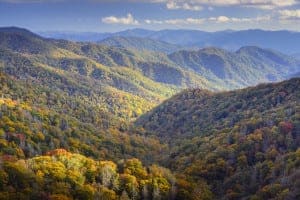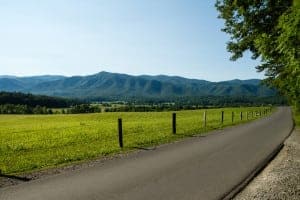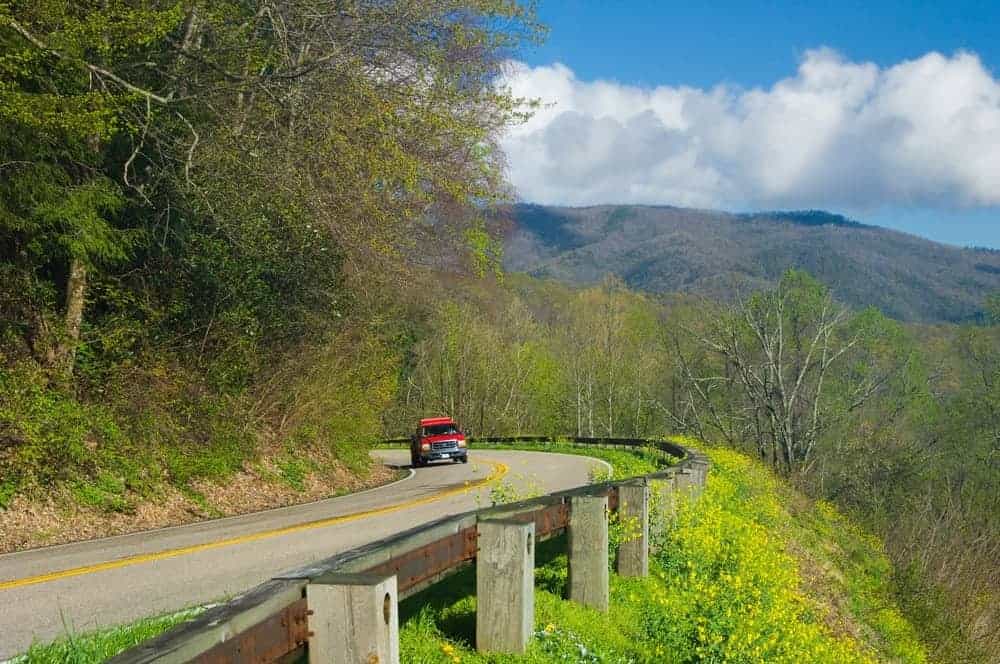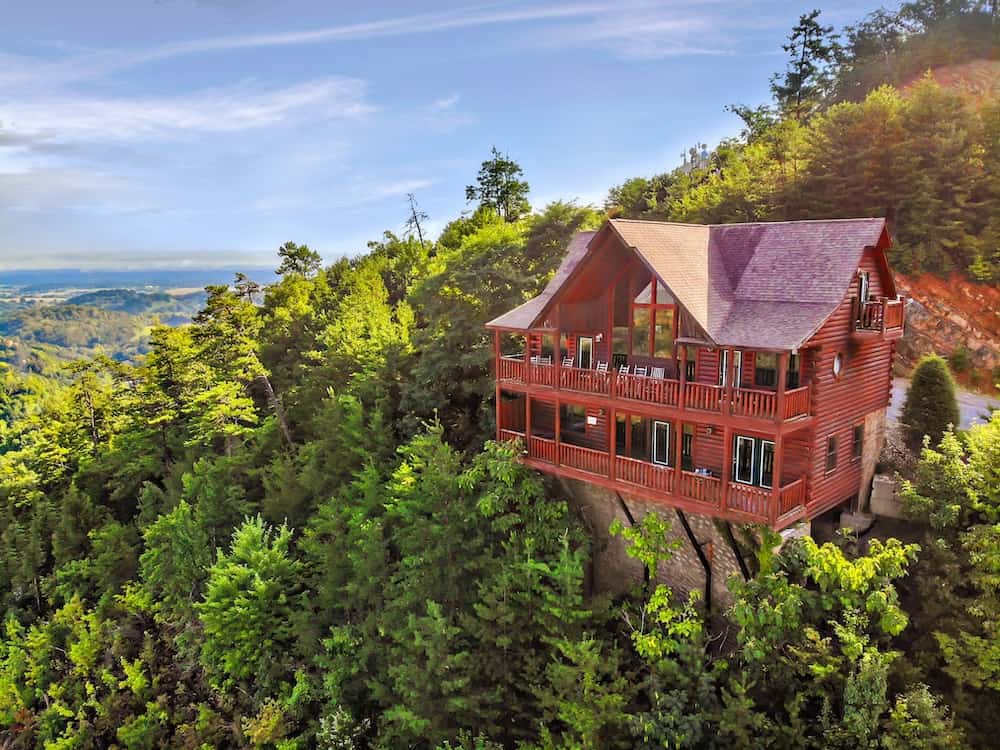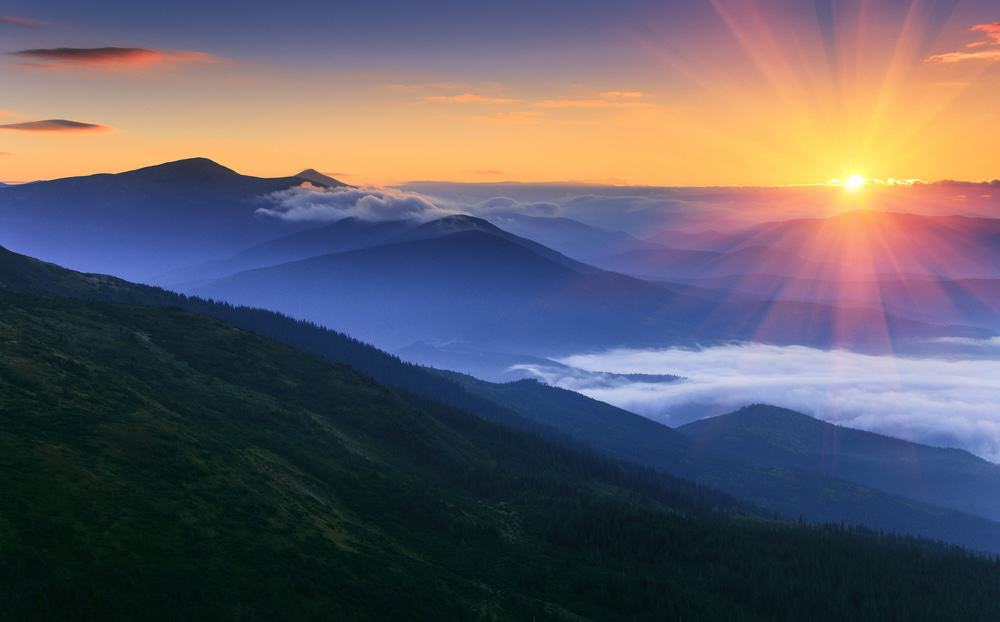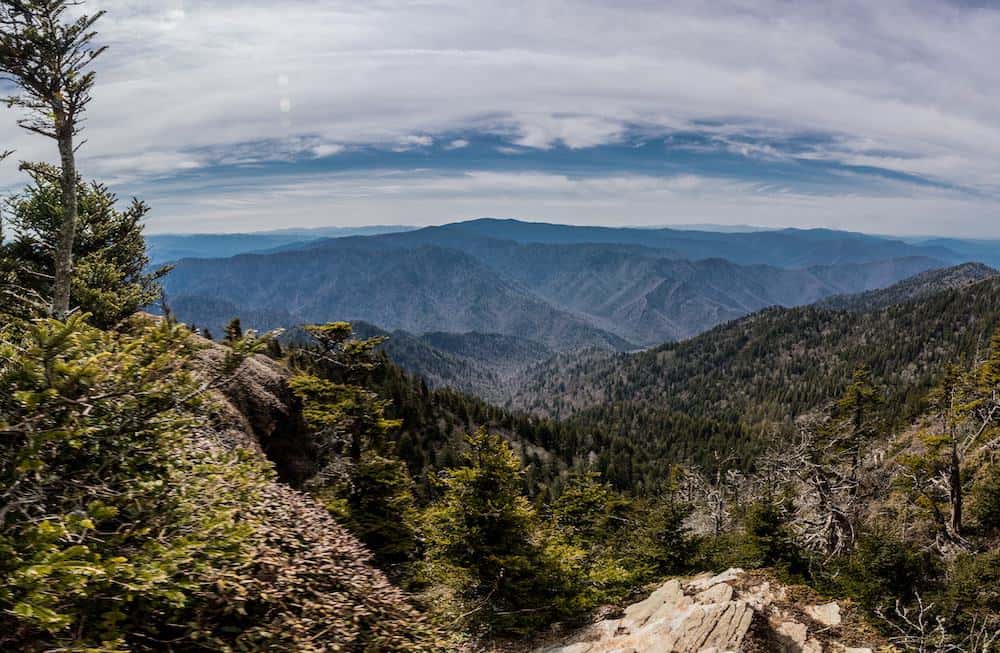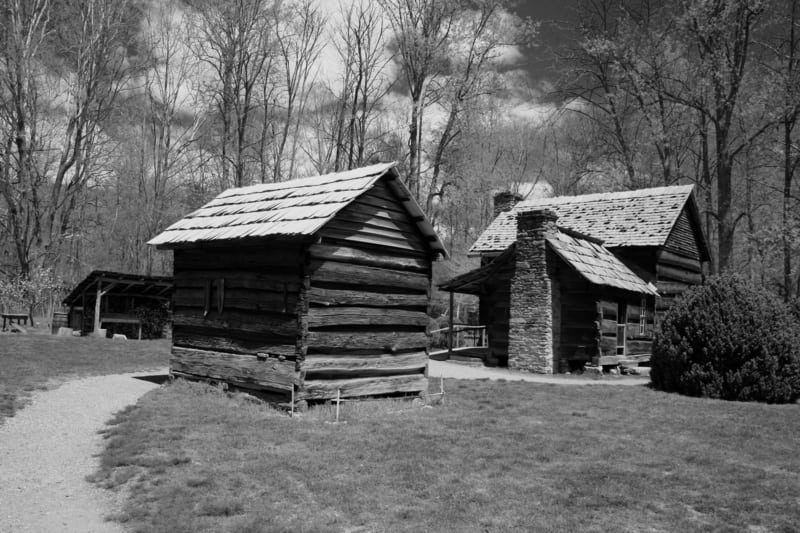
8 Dates That Changed the History of the Great Smoky Mountains National Park
The Great Smoky Mountains National Park is, by far, one of the most diverse national parks in the United States. There are 8 dates that absolutely changed the course of history of the Great Smoky Mountains National Park, each helping to make the park what it is today.
(See Related: 10 Things You Don’t Already Know About the History of the Smoky Mountains)
1923
In 1923, Mrs. Ann Davis (who became the first female state representative in Tennessee in 1924) traveled to many national parks in the West. When she returned to the area, she wondered why there was no national park here. She is credited with having the idea to create a national park, and later introduced a bill to establish the park.
You can learn more about the founders of the Great Smoky Mountains National Park on the National Park Service’s website.
Congress passed a bill that allowed the establishment of the Great Smoky Mountains National Park. In order for the national park to be established, though, the state had to provide the land. President Calvin Coolidge signed the bill.
1927-1928
The government wasn’t allowed to buy land for the national park, so many politicians started raising funds. According to the National Park Service website, by 1928, a total of $5 million had been raised. Since the cost of land had increased over time, there was not enough funding. The Laura Spelman Rockefeller Memorial Fund (founded by John D. Rockefeller, Jr.) donated $5 million, guaranteeing the remaining land would be able to be purchased.
Tennessee and North Carolina each present deeds to the government which ultimately transferred the 300,000 acres of land to the government. At this point, Congress was able to allow progress to be made toward creating facilities in the national park.
1933
The early development of the national park began in 1933. The Civilian Conservation Corps (CCC) were created during the Depression to assist young men who were unemployed. The CCC was able to provide work and wages for many young men, and in 1933, they started working on the creation of roads, trails and campgrounds.
1934
The Great Smoky Mountains National Park was officially established on June 15, 1934.
Take a look at our blog article, “The Great Smoky Mountains National Park Celebrates 80th Anniversary” to learn all about the history through the years of the national park.
Although it was established as a national park in 1934, it wasn’t until September 2, 1940 that the national park was formally dedicated by President Franklin D. Roosevelt. He spoke from the Rockefeller Memorial Monument that can be seen on Newfound Gap. There were over 10,000 people in attendance at the national park’s dedication ceremony.
Roosevelt dedicated the Great Smoky Mountains National Park “for the permanent enjoyment of all the people.”
1941
For the first time, the annual number of visitors to the Great Smoky Mountains National Park reached one million. Today, we average over 9 million visitors each year who make their way to the national park.

With over 850 miles of hiking trails in the Great Smoky Mountains National Park, there’s a beautiful, scenic hike that’s perfect for every visitor.
Throughout the 850 miles of hiking trails, many park guests will enjoy exploring the historical areas and structures that can be found. The history of the Great Smoky Mountains National Park is so diverse, you are guaranteed to find a little bit of history everywhere you go.
Today, the Great Smoky Mountains National Park remains a free national park for all visitors. There’s no cost whatsoever for entry to the park or to visit any particular trails. Visitors are welcome to stop in the park, hike and explore. All they National Park Service asks is that you respect the national park and its wildlife, so it can remain free for decades to come.
Learn More About the Great Smoky Mountains National Park
Interested in knowing more about the national park and what you can expect when you visit? Learn more about the Great Smoky Mountains National Park today!



